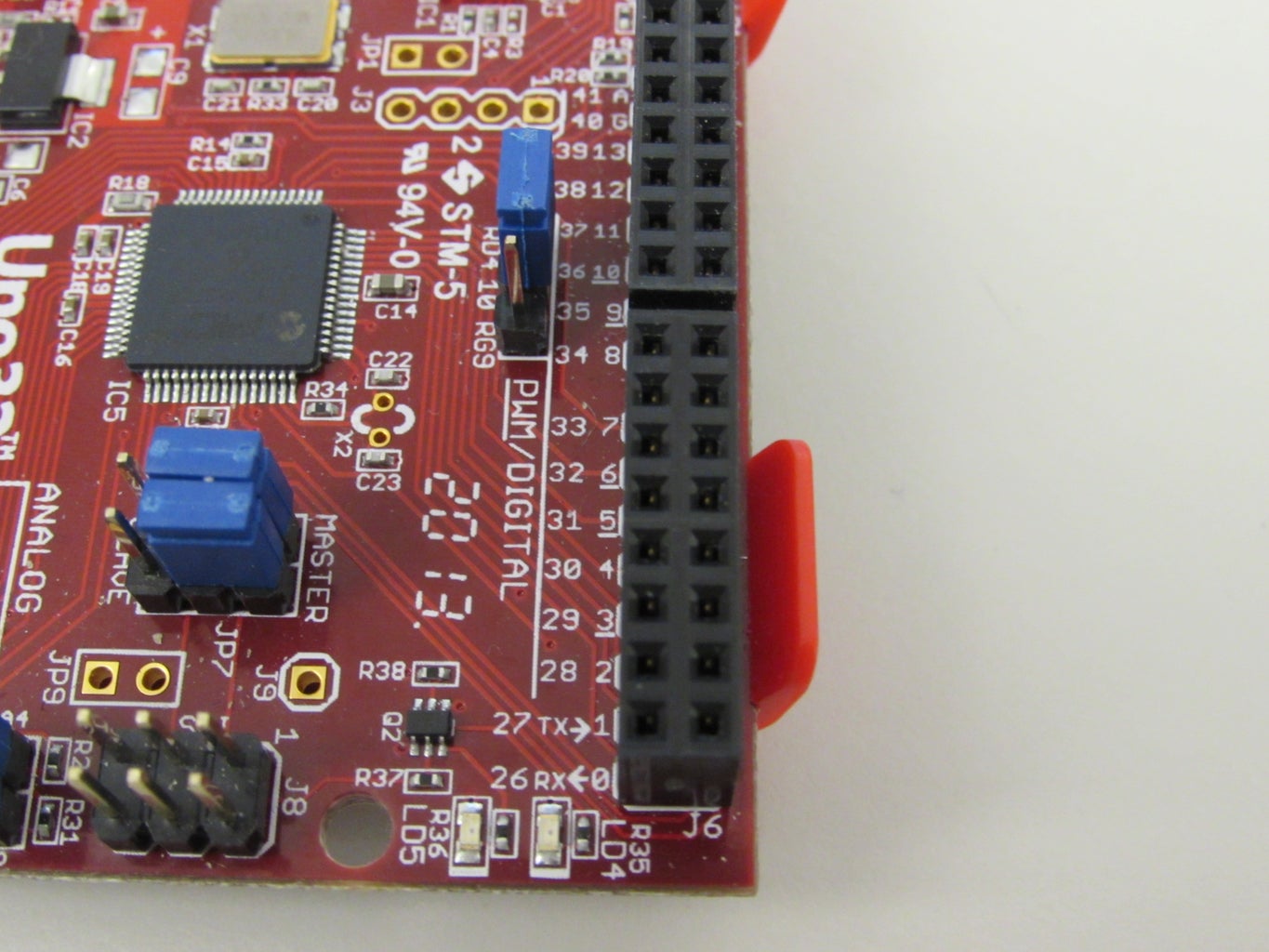controlled PWM pulse width modulation circuit designed by a Circuit Diagram Frequency of PWM. The frequency of a pulse width modulation circuit determines the speed or, rather, how fast a PWM takes to complete one period. One Period is full or complete ON and OFF period of a pulse width modulation signal. Normally, the pulse width modulation signals that a lot of microcontrollers generate are around 500 Hz.

Connect diodes to the variable resistor, as shown in the circuit diagram. Working Explanation. In this circuit, we will use a 555-timer IC for generating PWM. The 555 timers will operate in astable mode and generate continuous square waves at the output.

Pulse Width Modulation PWM fully Explained with calculation & example Circuit Diagram
In the PWM technique, the voltage that must be supplied to a DC Motor or an LED is supplied in the form fast switching pulses rather than a continuous analog signal. The "Duty Cycle" and the "Frequency" of the PWM Signal determines the output voltage. Duty Cycle of a PWM Signal describes the amount of time the pulse stays HIGH in one cycle.

For the test I configured the PWM circuit to have 3 bits of resolution. Which means that the duty value can very from [0..7] and thus it has a range of 8. Looking at the dty value on the third line, you should see that it's value is 4. This represents a 50% duty cycle for a 3-bit PWM circuit. Looking at the next line down shows the pwm output

How to Design a PWM Circuit You Need Circuit Diagram
Pulse width modulation (PWM) is a technique used to precisely control analog devices with a digital signal. A pulse width modulation signal consists of electronic pulses that are used to mimic a changing analog voltage. In the circuit above, we see a 555 timer configured as an astable oscillator. The 555 timer will generate the pulse width

Fig. 10: PWM Waveform on CRO Screen . The complete circuit diagram is given below: Fig. 11: Circuit Diagram of Pulse Width Modulation (PWM) The 1M ohm resistor is used to adjust the amplitude of the sine wave signal generated by the WBO. The amplitude of the sine wave should be adjusted in such a way that it matches with the amplitude of the
